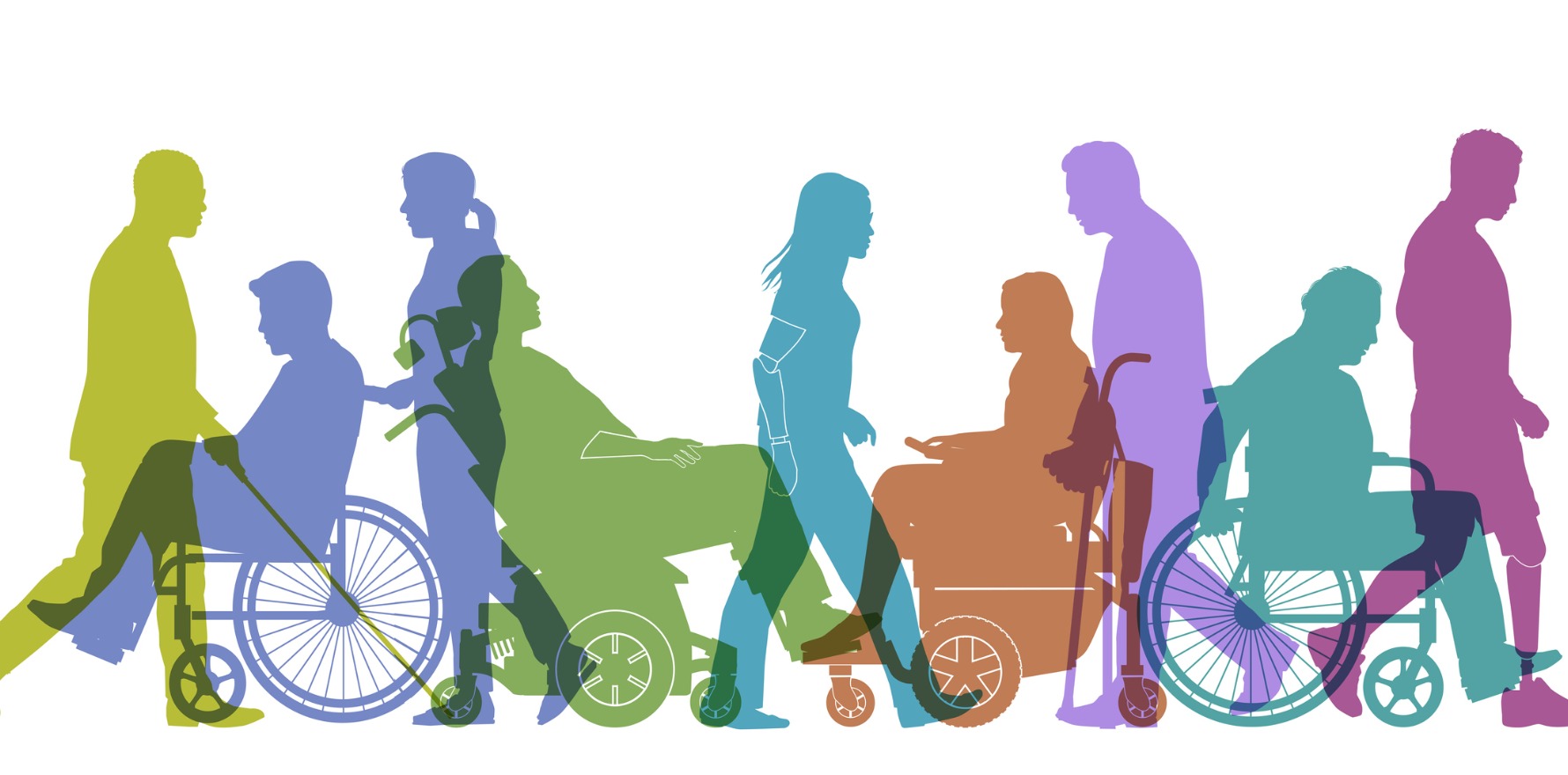The National Health and Medical Research Council is trying to fix the ‘Daversity’ problem in research funding.
Women are receiving $8 million more funding than men in the largest grant scheme offered by our top health and medical research funding agency, as the government strives to address gender equity in the field.
Coined in 2017 by University of Technology Sydney Professor Deb Verhoeven, the “Daversity” problem outlines the disproportionate amount of funding awarded to men named David compared to women.
Professor Verhoeven’s analysis found that Davids were awarded NHMRC grants 51 times over the 10-year research period, while Suzannes, the most popular female name, were only funded six times.
The analysis also found that over 80% of all men who received grants from the NHMRC worked in entirely male teams.
Speaking to The Medical Republic last year, GP and mental health specialist Associate Professor Louise Stone said that the inequity in opportunity for non-male researchers trickled down to the types of questions asked.
“The less non-male researchers that you have in any research organisation, the narrower your field of scope will be,” she said.
NHMRC CEO Professor Steve Wesselingh has promised to continue to work to right this wrong.
He said the council had been pushing to improve gender equity across its grant program since 2012.
But progress has been slow.
“We continue to receive low numbers of applications from senior women researchers, most notably within our largest funding scheme, the Investigator Grant scheme,” Professor Wesselingh said in an NHMRC release.
“The gender imbalance in total awarded funding has also been striking in this scheme and a bold move was needed.”
Related
Following a national consultation process announced in 2022, the NHMRC introduced measures under the Sex Discrimination Act 1984 aimed at reducing gender imbalance in its largest grant scheme, the Investigator Grant, by addressing systemic disadvantages faced by non-male researchers.
“This new approach seeks to address gender disparities by maintaining a strong pipeline of women in the early and mid-career stages, ensuring that women continue to be funded at later stages in their careers, and making it appealing to recruit, retain and support women so that they achieve the level of success that makes future interventions unnecessary,” said Professor Wesselingh.
And it seems the bold move has borne fruit.
In the recent round of funding, women received $8 million more funding than men, an immeasurable improvement on an average of $73 million less in the initial four years of the grant scheme.
“All researchers supported through the scheme have been assessed as excellent and we look forward to seeing the impacts of their research improving health in our communities in the years to come,” said Professor Wesselingh, adding that he believed gender equity could be achieved in research with the support of leaders in research, governments, industry and the public.
To bolster the effort of the NHMRC, the Department of Health launched a public consultation last November, in partnership with the council, into a draft statement aimed at improving gender and sexual orientation diversity in health and medical research.
The statement, which is set to be released in its final form later this year, is aimed at improving consideration of gender, sex and sexual orientation throughout research planning and implementation to address research gaps arising from historic under-representation.





